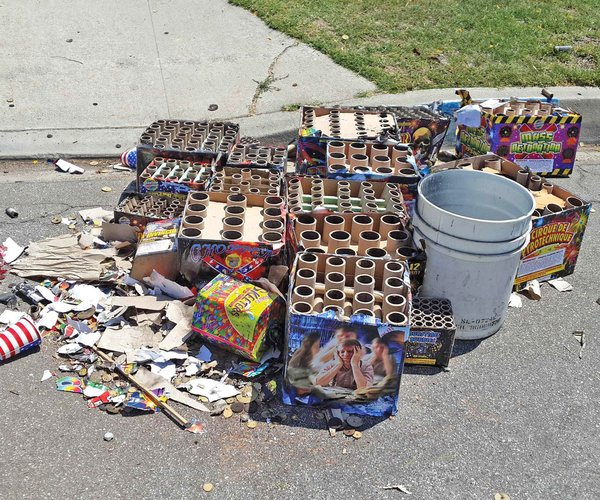The funding mechanism of Community Facilities Districts has been used in Ceres since 2002 to get new growth to finance part of the costs of police, fire and parks department services extended to new residents. Each year the Ceres City Council routinely bumps up the tax rate to keep up with inflation, not to exceed four percent annually.
Council votes 3-2 to slay increases in CFD assessments
• Unprecedented move made to help homeowners





